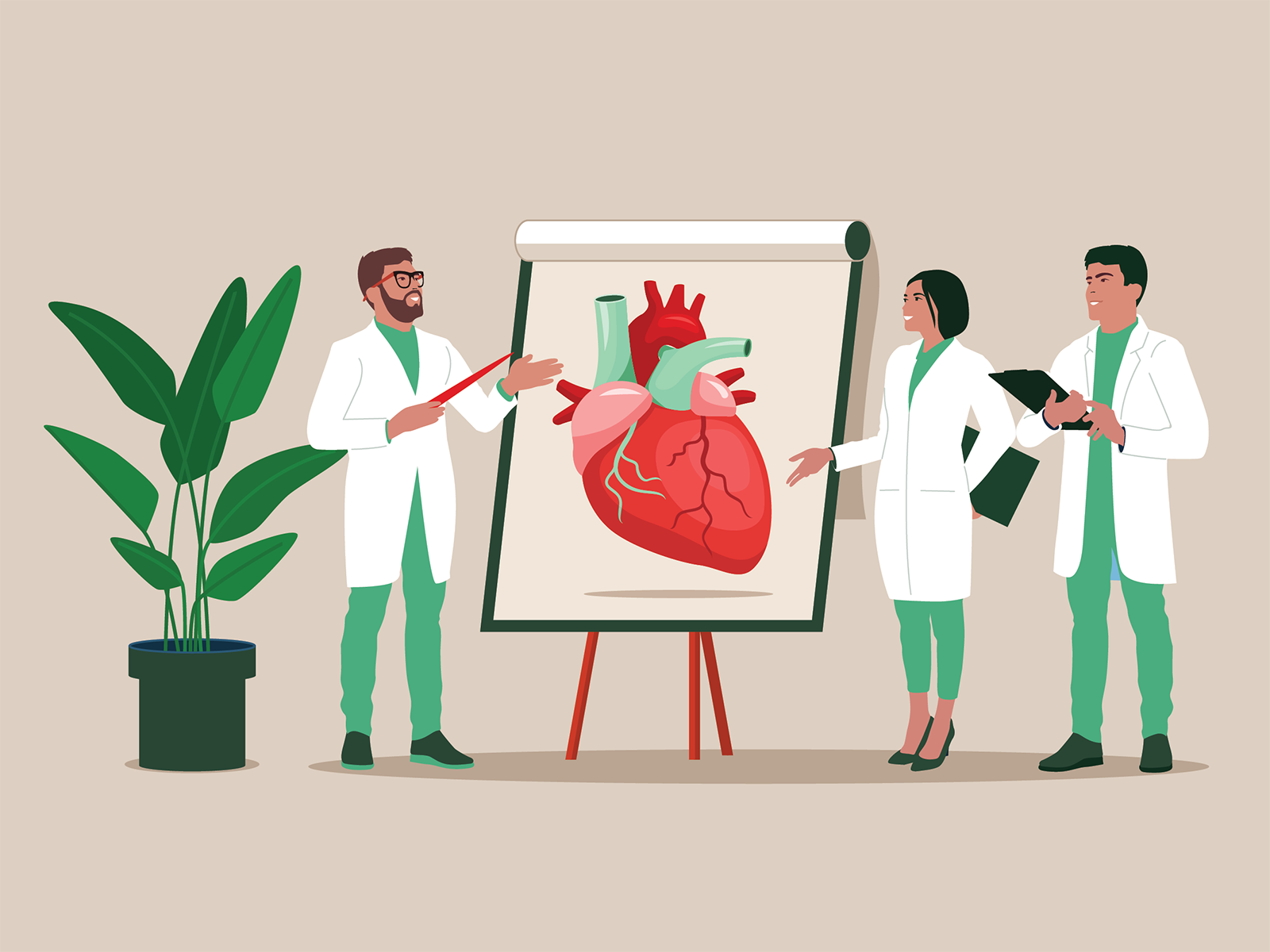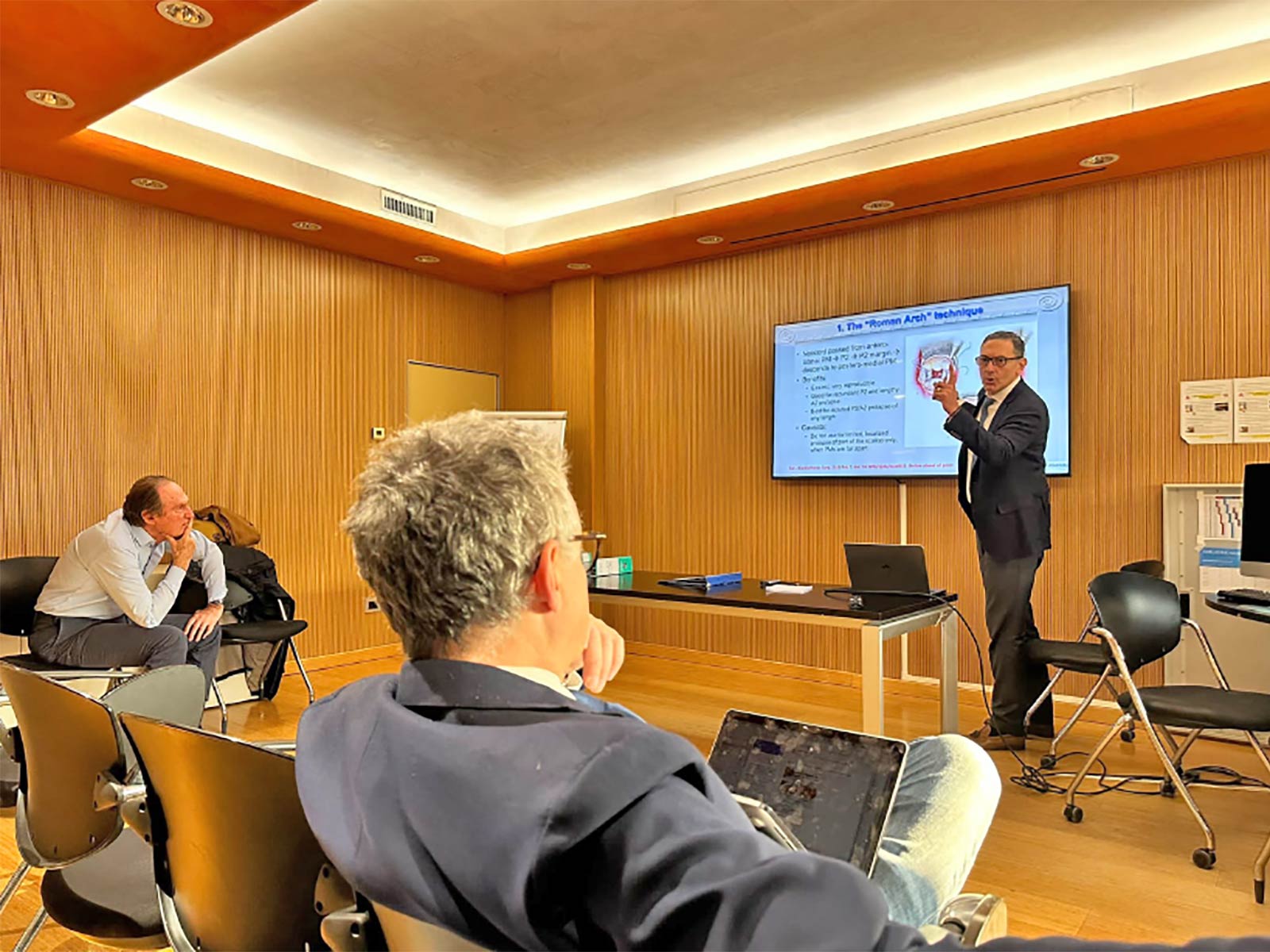
Issue 46
May 2023
SCIENCE OF LIFE
By Professor Theo Kofidis, Head of Department of Cardiac, Thoracic and Vascular Heart Surgery, National University Heart Centre, Singapore & Professor, Department of Surgery, NUS Yong Loo Lin School of Medicine

The way we perform heart valve surgery (repairs in specific) has been largely defined by Professor Alain Carpentier in 1983 in his seminal paper, “The French Correction”. He essentially laid down the principles of Mitral Valve Surgery, which surgeons everywhere have followed religiously for 40 years. Small variations were added by other eminent surgeons over the decades, all of which fell within the same framework.
The Singapore Correction
It occurred to me though, after 27 years in the business, that these techniques, albeit validated, are very inconsistent, not intuitive, allow for too much guesswork, and are also associated with marked surgical outcome variability. The techniques also involve individual neocords, and create too much tension on the leaflets. They also do not take care of adjacent pathologies, such as clefts, commissural prolapses, annular dilations, etc. These result in variable outcomes, even in the simplest scenarios. It also means that young surgeons cannot reproduce the results, and tend to sacrifice and replace the heart valve.
This prompted me to develop 12 new procedures, which totally depart from the existing principles. The 12 new procedures (which I named The Singapore Correction) help make mitral valve surgery intuitive, simple and standardised, eliminating variability, and render it very easy to repair the valve and produce solid results every time. Also, my techniques use less foreign material for the patient, and are performed faster, while the heart is arrested. They involve, mostly, only one single running stitch.
I have implemented them in about 10 patients thus far, with consistently excellent results. I also recorded videos of these procedures, which the editors of the major Cardiothoracic Surgery journal found very interesting. I have issued professional drawings with the help of a US-based medical artist, and compiled them in two back-to-back papers, Part I and Part II*. We are basically redefining mitral valve repair, hence the title: “Mitral Valve Repair 2.0”. The papers were accepted and published in “fast track mode” in the European Journal of Cardio-Thoracic Surgery.
It is my sincere hope that these 12 procedures will bring value to thousands of surgeons and touch many patients’ lives around the world.”

Prof Theo Kofidis presenting the 12 surgical techniques to renowned cardiac surgeons, Prof Ottavio Alfieri and Prof Francesco Maisano.

Prof Theo Kofidis performing heart valve repair at the Monzino Heart Institute in Milan, Italy.
Since there is no way you can patent surgical techniques, the only way for us to take the credit for our intellectual property was to publish extensively and secure the copyright. I have (post publication) presented them at the International Heart Valve Congress in Edinburgh. The responses have been resounding. I was then invited to present them at the turf of one of the world’s pioneers, Professor Ottavio Alfieri (who along with Carpentier designed most of the techniques we are using today), at the San Raffaelle Hospital, in Milan, Italy, in February this year. The revered man stood up, shook my hand and congratulated me. I, then, shared with the audience about the work of our department at the Yong Loo Lin School of Medicine, National University of Singapore (NUS Medicine), and the National University Health System Group.
Hence, many of my techniques are now not only conceptualised, but also verified. Validation occurs when other surgeons have tried them and adopt them, or after follow ups. That’s the natural next step. In late February, one of Europe’s top surgeons, Professor Francesco Maisano, became the first to implement one of my techniques, 10,000km away in Italy. The patient walked out with an excellent valve repair. No proctorship was necessary, as the techniques that I introduced are very standardised and reproducible.
It is my sincere hope that these 12 procedures will bring value to thousands of surgeons and touch many patients’ lives around the world.
*Click here to read Part I of the mitral valve surgery update.
*Click here to read Part II of the mitral valve surgery update.
More from this issue

ETHICALLY SPEAKING
Who Should We Hold Responsible When AI Goes Wrong?
THE LAST MILE
Is There Really A Good Way to Deliver Bad News?


